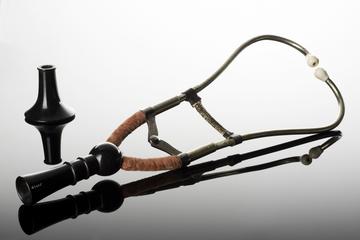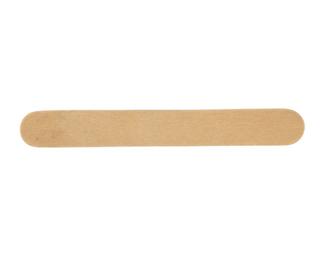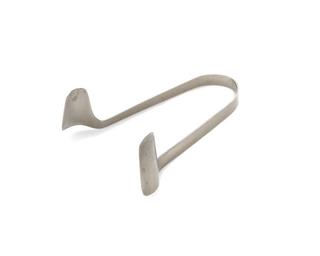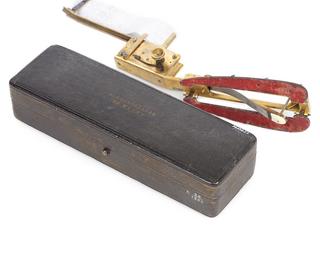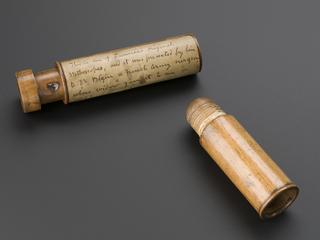
Skin test kit, England, 1925-1935
- maker:
- Thomas Lewis




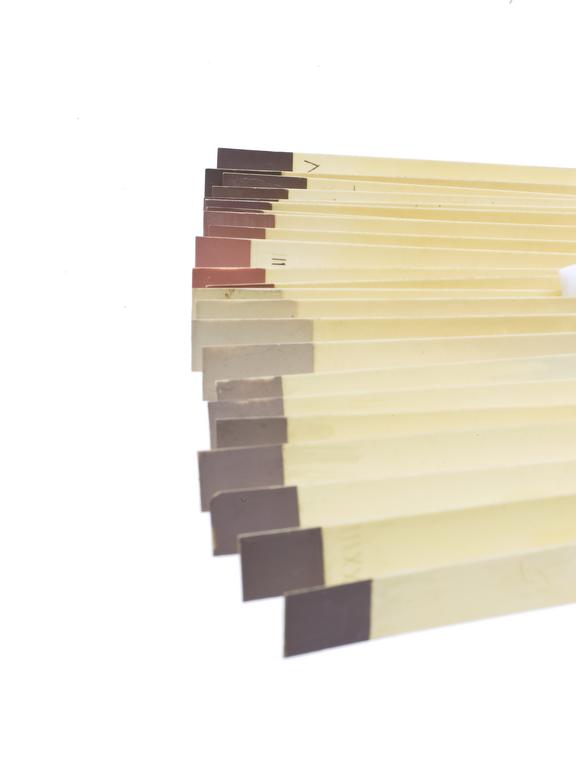
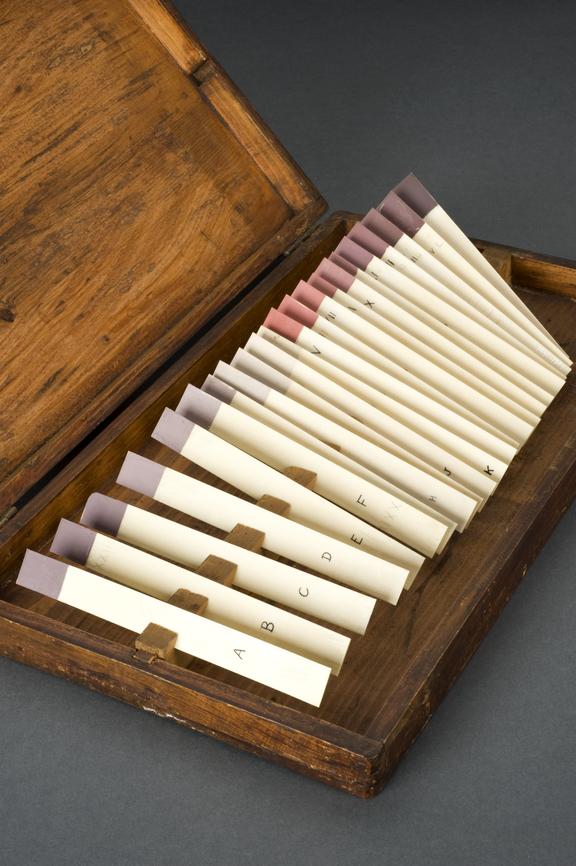


Skin colour test kit to compare skin colour and peripheral blood flow in wooden case, made and used by Sir Thomas Lewis, England, 1925-1935
Sir Thomas Lewis (1881-1945) developed this kit to compare the colour of skin under different conditions, such as illness and injury. The samples were produced by mixing paint colours to match the skin under these conditions. The kit was then used during clinical research and probably diagnosis.
Lewis was a physician who researched the electrical action of the heart and is partly responsible for developing the field of cardiology. In 1925, he changed his focus of research to the skin, including pain caused by injury. Lewis conducted all his research at University College London after enrolling for post-graduate study in 1902.
Details
- Category:
- Clinical Diagnosis
- Object Number:
- 1980-1383/1
- Materials:
- case, pine and sample bands, plastic (celluloid), ? material
- Measurements:
-
overall: 56 mm x 368 mm x 213 mm, .81kg
strip: 28 mm x 150 mm
- type:
- skin test kit
- credit:
- University College Hospital
